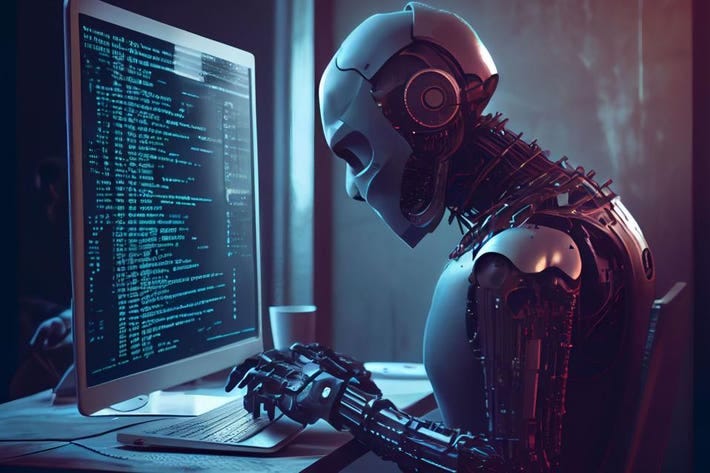AI: To Be Concerned Or Not To Be?
Written by Ivory Chen
AI is a growing issue for many. As the world around us continues advancing in technology, it seems reasonable to be concerned about the potential risks Artificial Intelligence brings to the table. From the workplace to school, or just everyday life, AI technologies are on the rise. The industry itself has increased by $60 billion just between the present day and 2022.
To put it frankly, here’s the good of AI: it has the potential to open the doors for people with physical disabilities, create improved communication with machines, optimize the construction process and building environment, and has essentially endless applications. The potential of AI bots like Chat-GPT or Gemini has increasingly been reflected in the younger generations of today’s society.
With that being said, any loose ends left with AI can be potentially dangerous. Incomplete data provided to AI can cause bias to form, therefore causing its original intent to backfire. Conversely, AI creates a dependency to form on technology, decreasing the need for critical thinking. AI itself also leaves a heavy carbon footprint, unhelpful to the global warming crisis. Finally, AI is a powerful tool that can easily become misused when given to the average person. Professors from Virginia Tech build upon this concept, agreeing that AI should be used with a targeted purpose.
References
“Ai-the Good, the Bad, and the Scary.” Engineering | Virginia Tech, 6 Nov. 2023, eng.vt.edu/magazine/stories/fall-2023/ai.html.


